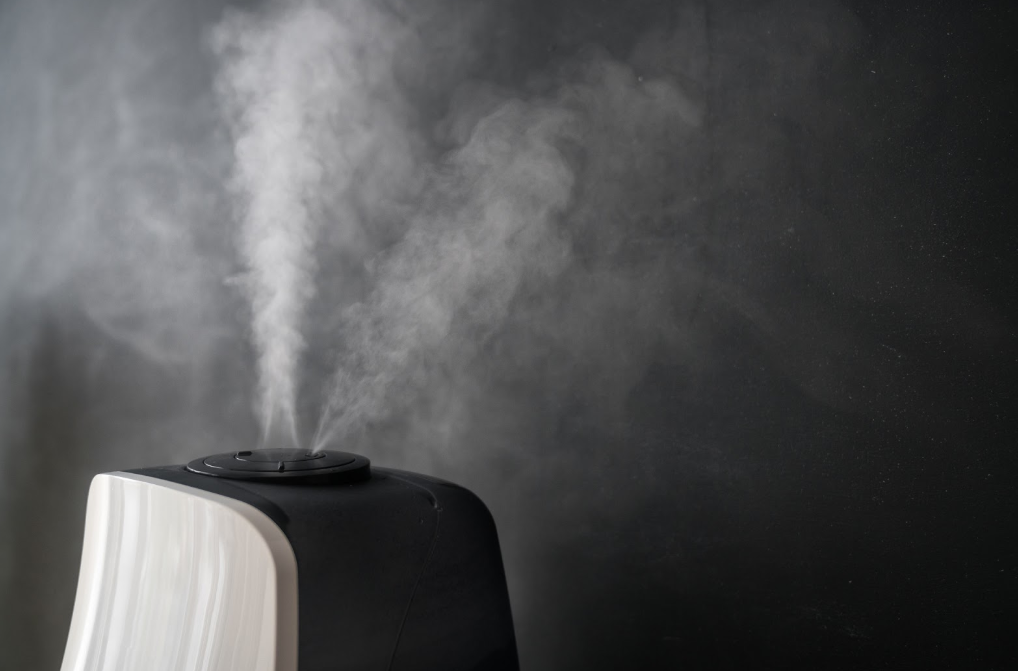
Are you trying to figure out more about the different types of humidifiers? Please read this article to learn about humidifiers and when to use them.
Are you considering a humidifier for your home but aren’t sure what type to buy and why to buy one? For good health, you’ll want the humidity to be between 30-50% in your home.
This article explores the different types of humidifiers and their benefits. Read on to explore why this might be just what you’re looking for in your home!
What Is a Humidifier?
A humidifier adds moisture to your air and prevents dryness. Dryness can lead to irritation in different parts of your body. They’re beneficial for helping the dryness of your lips, skin, nose, and throat.
Humidifier benefits can help:
- Bloody noses
- Dry throats
- Sinus congestion
- Dry lips
- A dry cough
- Nose irritation
The Different Types of Humidifiers
There are five different types of humidifiers. They include the Evaporative Cool Mist, Steam Vaporizer Warm Mist, Air Washer, Ultrasonic Cool Mist, and Ultrasonic Warm/Cool Mist.
Ultrasonic Cool/Warm Mist
This humidifier places a mist into the air where it’s evaporated before touching the ground. This increases the humidity in the area. A metal diaphragm vibrates using an ultrasonic frequency. This option is silent and produces a cool fog typically. You can choose whole-home humidifiers with this option. They’re often preferred since they’re easy to maintain.
Cool Mist Humidifiers
These humidifiers release a cool vapour for moisture in the air. The filter catches any water impurities. These are ideal for warmer climates or in the summertime. With this option, you do have to worry about bacterial contamination, mineral dust, and the noise it can make. The benefits of a humidifier like this type are they’re cost-effective, easy to clean, and a safer option for pets and animals.
This type of humidifier is much safer and can be used for larger areas than a warm mist model. The mist they create is also much easier for a person to inhale, making it much more effective at relieving any breathing issues. With so many brands of humidifiers on the market, it’s obvious the choice is not that easy to make. Luckily, here’s an informative article that contains all-encompassing top cool-mist humidifiers brands analysis.
Evaporators
An evaporator blows moisture into a moistened filter. Humidity is released into the air from a fan. They’re less expensive than central humidifiers. Keep in mind that they’ll only work in one room at a time. This isn’t the best option for those who have asthma since it can increase the risk of mould growth.
Air Washers
Air washers help to clean the air while adding humidity to the room. They can remove different pollen and dust particles in the air. For air washers, they only have a cool mist option. If you decide to go with air washers, they require you to perform regular maintenance on them. While they do remove large particles in the air, they don’t remove sub-micron lung particles.
Vaporizer
For a vaporizer, you can choose a cool or warm mist. They’re a good choice for the flu and colds since you can add inhalants to them. They tend to be a more affordable option. You won’t want to use a vaporizer near children since there’s a burn risk. Also, it does use more energy and is harder to keep clean. The benefits of this humidifier include that it’s quiet, there’s less dust that’s accumulated and a lower chance of bacterial contamination.
A Humidifier vs Dehumidifier
A dehumidifier decreases the humidity in the air, while a humidifier adds humidity. A dehumidifier works by taking moisture from the air. A humidifier works by using the water you pour into the machine. If you’re looking for clear nasal passageways and staying hydrated, choose a humidifier. Dehumidifiers are great for stopping mould from growing. They’re sometimes used in the basement to help with ventilation. Humidifiers are often used in bedrooms.
A dehumidifier is often used for allergies such as coughing, headaches, and sneezing. A humidifier is often used to help with breathing and to help dry skin. Dehumidifiers are often used for the elderly, adults, children, and babies, especially for decreasing mould infections. Humidifiers are great for all ages, but they can increase the risk of mould.
How to Pick Which Is Best for Me?
If the level of humidity in your room goes below 30%, you’ll want a humidifier. If you notice that the air is dry and stale in the winter, it’s also a great option. Also, if you see that you’re sick often, it can help reduce the spread of germs.
If the levels of your room go above 50%, you’ll want a dehumidifier. It’s a good option if your home has a mould.
Potential Risks
Humidifiers come with a burn risk. If you have children, make sure that they don’t touch or play with the humidifier or a dehumidifier. Never put a steamer with a warm mist in your child’s bedroom. For example, the U.S. Consumer Products Safety Commission (CPSC) has issued millions of dehumidifier recalls in 2016 that can overheat and start a fire in your home.
Since condensation is created, it can increase your risk of mould. Make sure to keep your humidifier clean since it can have bacterial growth. Steam vaporizers are a great option if you’re looking for a humidifier that’s easy to clean.
When it’s time to clean them, follow all of the manufacturer’s instructions. You’ll want to wash the filter and bucket every couple of days while using it. If you have asthma, keep in mind that a humidifier can release microorganisms and minerals into the air. While it might not be harmful to everyone, it can irritate those with asthma. Distilled water is a great option to avoid this.
Choosing the Size of Your Humidifier
How much square footage are you trying to cover with your humidifier? You can choose between a whole house, room, or portable humidifier. A whole-house humidifier will cover an entire house as long as you keep the doors open. They do have limits for square footage, so if your home is on the bigger side, you might need multiple machines. A portable humidifier is excellent for one room and is the least expensive option. They’re great for when you’re travelling with them as well. Room humidifiers can cover multi-rooms or one room, depending on the square footage. These can include air washers, evaporators, and ultrasonic options.
Exploring the Different Types of Humidifiers
Now that you’ve explored the different types of humidifiers, you should be well on your way to choosing the right one for your needs and looking for more on homes? For everything from design trends to celebrity homes, check out our other articles today.
Related articles on our blog : what-to-know-when-choosing-a-humidifier-for-your-home / how-to-fix-a-stuffy-room / is-it-worth-it-to-fix-your-ac / how-to-identify-and-fix-condensation




 POSTED BY
POSTED BY 

